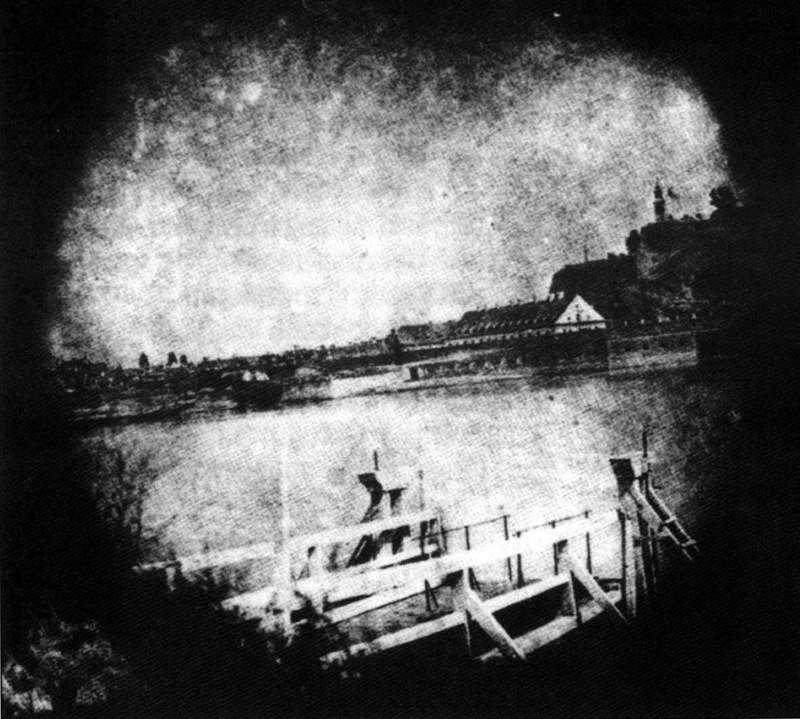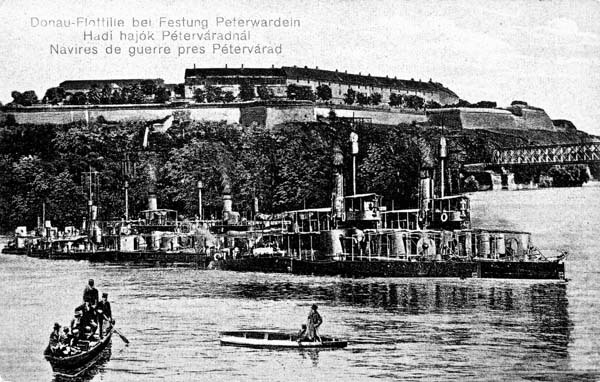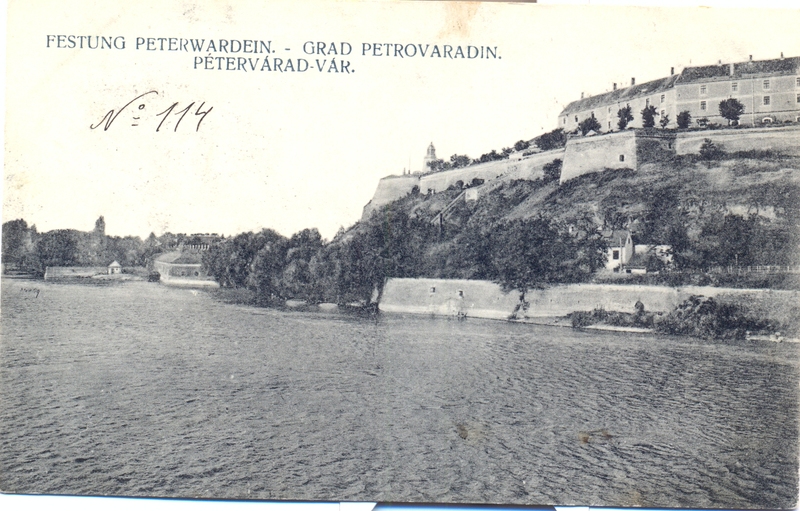Historical part

There is no place in the world where there are 80 art studios in one place, side by side, like in the Petrovaradin Fortress
The foundation stone of todayʼs Petrovaradin Fortress, on the site of the previous one from the Roman and Turkish periods, was laid by the Austrian Prince Croix on October 18, 1692, and its construction lasted 88 years.
Actually, there was a human habitat on the Petrovaradin rock around 4,500 years ago, which grew over time into a settlement that still exists.
A hundred years before Christ, the area of Petrovaradin was inhabited by the Celts. They were succeeded by the Romans two centuries later, who built their fortress Cusum on the site of todayʼs Petrovaradin Fortress. The Slavs also stayed in this area when they came from their original homeland and crossed to Srem and the Balkan Peninsula from there. There was also the powerful state of the Avars. The Huns came at the height of their power to conquer the great Roman metropolis of Sirmium in 441. The Ugrians (Hungarians) came down to the Carpathian valley in 896 and founded their state there. The Bulgarians, Macedonians, and the Byzantine Empire also had their states in this area.
The Construction of the Present-Day Fortress Began in 1692
The present-day Petrovaradin Fortress was built by the Austrians according to the projects of the French military engineer Marquis Sébastien de Vauban, who never visited the fortress. The foundation stone was laid by Prince Croix on October 18, 1692. Construction on an area of 112 hectares, which it occupies today, took a long time, so the fortress was completed in 1780, after 88 years. About thirty similar fortresses were built in Europe at that time and only the one in Vreden is bigger than the Petrovaradin Fortress, while the Petrovaradin Fortress is the best preserved.
Several legends are related to the origin of the name Petrovaradin. It is most likely that it was named after Peter Váradi, the grand prefect of Csanád County. When King Béla VI ordered a strong fortress to be built on that site, the Cistercians built a fortress from 1247–1252 and called it Petruvar in memory of the prefect Peter Váradi. The suffix -din, which means “very strong” in the Persian language, was added in the 16th century when the Turks conquered the Fortress. ....
... On June 12, 1849, the commander of the Fortress ordered Novi Sad to be bombarded from Petrovaradin. Novi Sad was then almost completely destroyed because only 808 of 2,812 buildings remained.
They spent the night in Petrovaradin (Peterwaradin), a fortress on a hill, from the towers of which can be seen far away. There, the Turks lost 80,000 soldiers, so the town could not be taken by force but by hunger. There are few cannons: two bear the inscription of Vladislaus, and one of Ivan Orzogos, the former bishop of Srem. There is nothing to see there but indigent huts, like those in Komoran, where soldiers live. In the tower that resembles a Turkish mosque, many leather bags with flour are piled up (...)
Images




